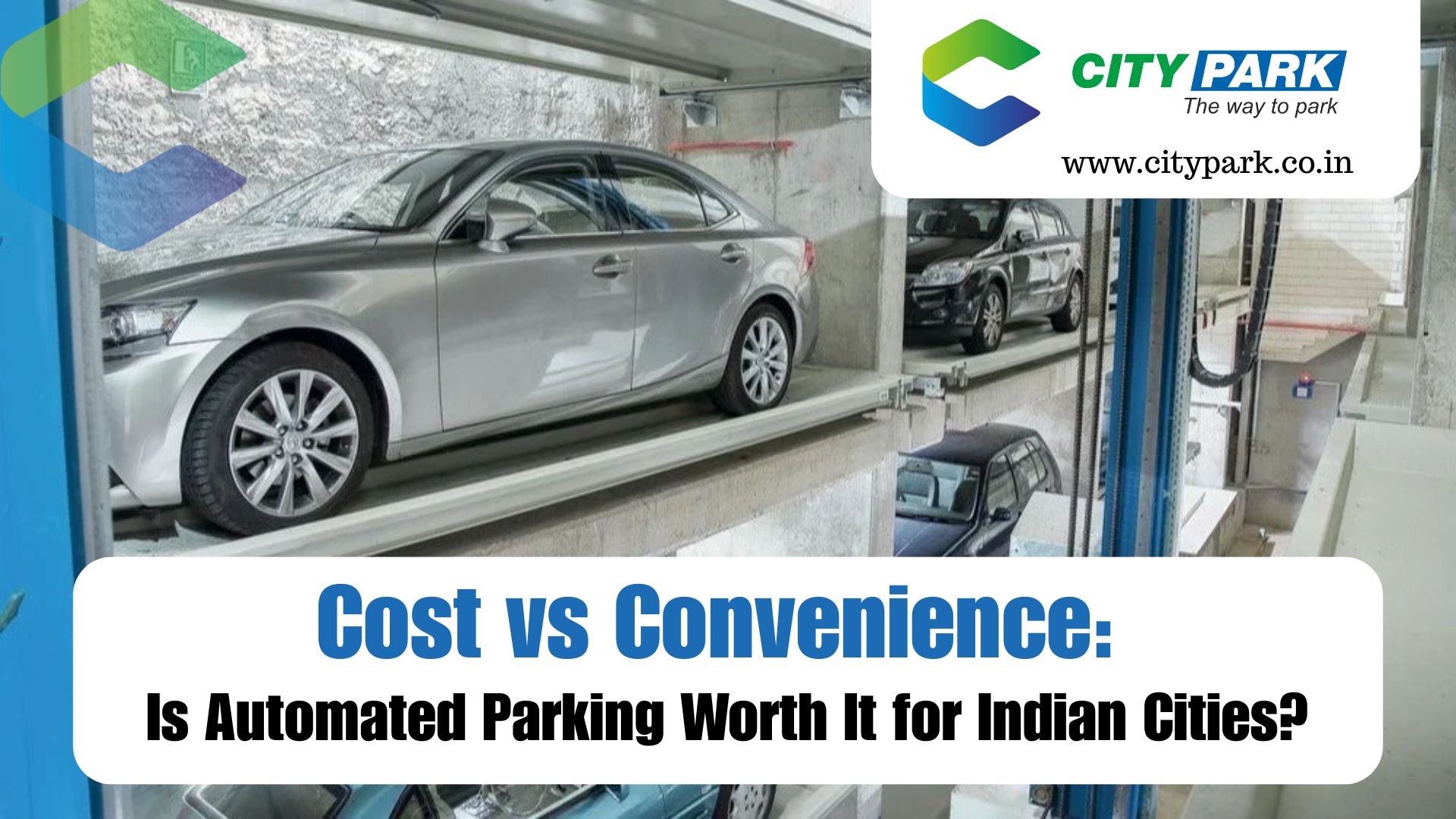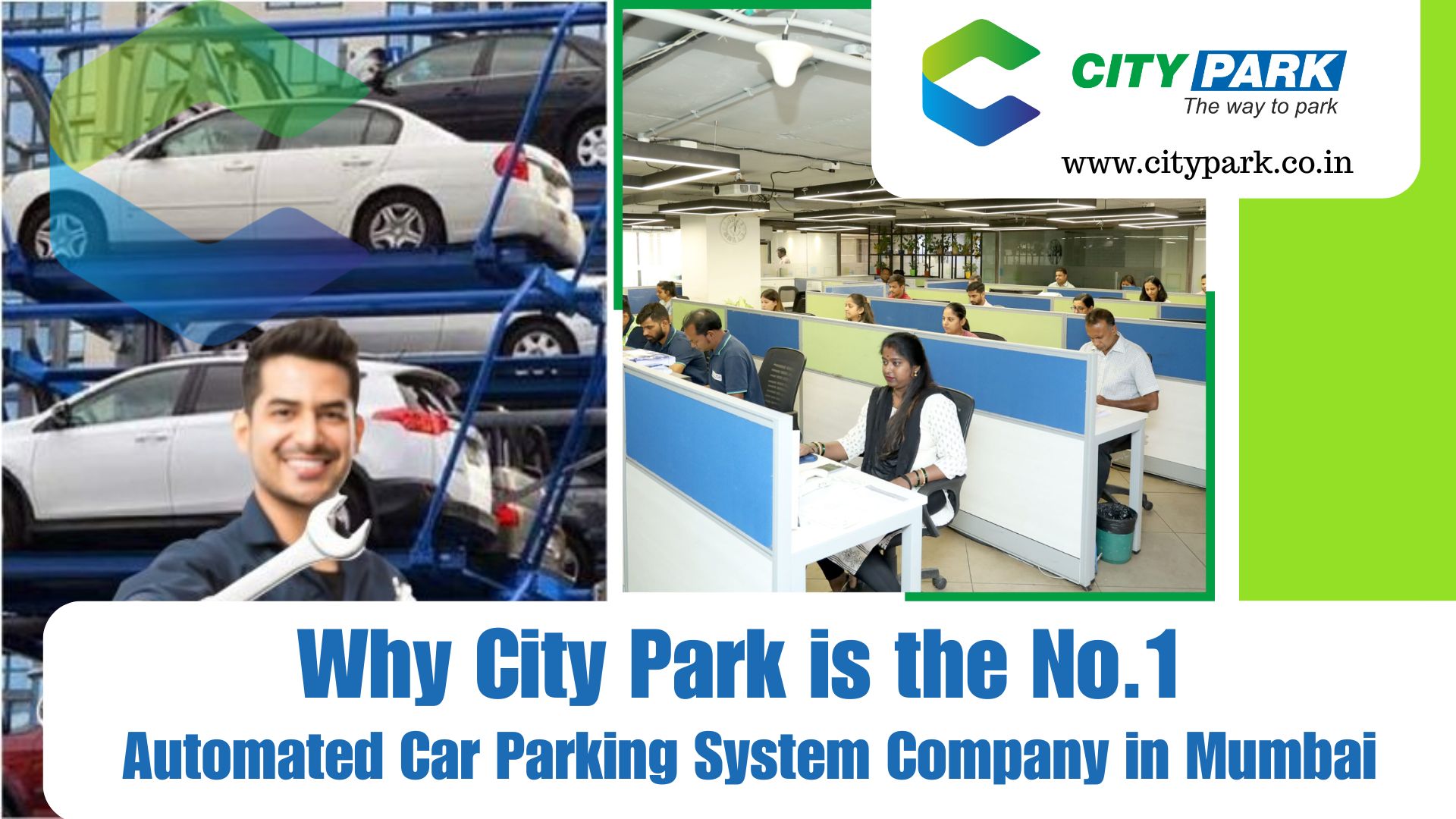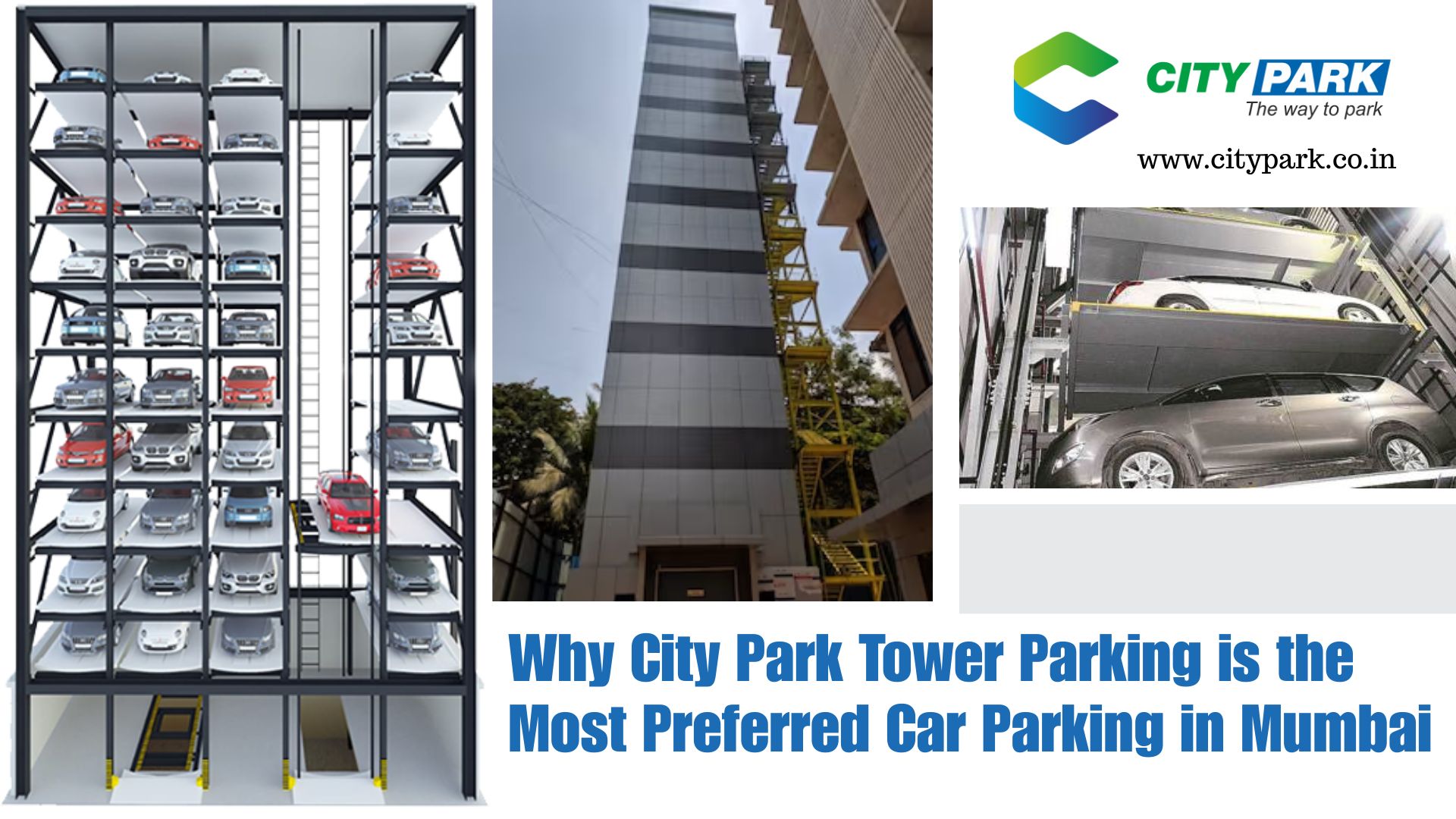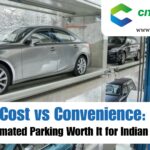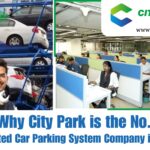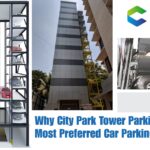An Expert Insight on Smart Parking Systems, AMC, and Space Optimization
Introduction: Parking is the New Premium for Commercial Real Estate
In today’s urbanized world, commercial properties are under intense pressure to optimize every square inch of space. With increasing vehicle ownership and scarce urban land, the demand for efficient parking solutions has never been higher. This is where Tower Parking Systems—a form of automatic car parking system—come into play.
Tower Parking is a vertical, fully-automated car parking solution that uses robotic lifts and platforms to stack cars one above the other, like an elevator. These systems are especially valuable in congested urban and metro zones, where traditional or basement parking is not feasible due to limited car parking space size, high land costs, or zoning restrictions.
As a Parking System Expert, I’ll walk you through how Tower Parking works, why it’s ideal for commercial spaces, and how to implement it effectively using a practical, how-to framework.
How to Choose the Right Parking System for Your Commercial Building
Before exploring the advantages of Tower Parking, let’s understand the challenge:
A standard commercial building with high footfall may need 100–200 car slots, yet urban land rarely permits wide, sprawling parking areas.
That’s why real estate developers and property owners are turning to:
- Multi level car parking systems
- Smart parking systems with automation
- Vertical tower-based parking
Let’s dive into the 10 reasons why Tower Parking is the best option for modern commercial spaces.
10 Reasons Why Tower Parking is Ideal for Commercial Properties
1. Unmatched Space Efficiency
Tower Parking uses vertical space rather than horizontal, reducing land usage by up to 85%. Instead of allocating large surface areas, you can build upwards—making the most of your plot.
✅ How to implement:
Evaluate the footprint of your commercial site and assess how many cars you can accommodate using a 10–15 storey tower system. In many cases, what would hold 10 cars horizontally can fit 60+ cars in a vertical setup.
2. Fully Automatic Operation
Tower parking is a fully automatic car parking system, eliminating human intervention. Vehicles are moved using lifts and shuttles without drivers needing to park the car themselves.
✅ How to implement:
Integrate PLC-controlled automation software and smart sensors that coordinate lifting, stacking, and retrieving operations seamlessly.
3. Faster Parking and Retrieval Time
With advanced systems, vehicles can be retrieved in under 2 minutes, making it perfect for high-traffic commercial hubs like malls, office towers, and airports.
✅ How to implement:
Use intelligent queue systems and mobile app integration to allow users to summon their car in advance, reducing wait time.
4. Enhanced Safety for Vehicles and People
Since the system is fully enclosed and only accessible by machines, the risks of theft, vandalism, and accidental damage are eliminated.
✅ How to implement:
Integrate your parking management system with access control (RFID, face recognition, or app-based entry) to ensure only authorized users can access the facility.
5. Ideal for Small Plot Sizes
Tower Parking thrives where space is limited. If your site is in a dense commercial area, this system allows vertical expansion without heavy civil excavation.
✅ How to implement:
Run a feasibility study to calculate how many vertical levels your land and local regulations will permit—often up to 20–25 floors.
6. Smart Parking System Integration
Modern tower systems can be integrated with IoT sensors, cloud dashboards, ANPR cameras, and real-time occupancy monitoring, making it a full-fledged smart parking system.
✅ How to implement:
Choose a system vendor that offers API access so you can connect it to your building’s central management platform or commercial app.
7. Better Traffic Management Inside Premises
With guided slots, no human driving within the structure, and organized entry/exit lanes, vehicle circulation is smooth and controlled.
✅ How to implement:
Install a vehicle scheduling algorithm that prevents bottlenecks and manages queue logic during peak hours (such as lunch breaks or office exit times).
8. Customizable Car Parking Space Size
Each tower unit can be configured based on the car parking space size needed—from compact sedans to large SUVs. You can even allocate slots for EVs or luxury cars.
✅ How to implement:
During the design phase, define vehicle class segmentation (e.g., small, mid-size, SUV) and allocate vertical stacks accordingly.
9. Lower Long-Term Maintenance with AMC
While the upfront cost of a tower system may be higher, it offers lower lifecycle costs thanks to fewer moving parts and structured service via an Annual Maintenance Contract (AMC).
✅ How to implement:
Choose an AMC that includes:
- Quarterly inspections
- Emergency breakdown response
- Software updates
- Spare part replacement
- 24/7 technical support
10. Higher Property Value and Rental ROI
Having a modern, automated parking system significantly increases the property’s value, especially in premium commercial zones. Tenants are willing to pay more for convenience and security.
✅ How to implement:
Market your commercial space as a “smart-enabled property” and use the presence of tower parking as a key feature to attract MNCs, banks, showrooms, and tech companies.
How to Get Started with Tower Parking for Your Commercial Property
If you’re convinced that Tower Parking is the right solution, here’s a step-by-step plan to implement it successfully:
Step 1: Conduct a Site Feasibility Study
- Assess land area and zoning permissions
- Determine load-bearing capacity for vertical installation
- Understand maximum permissible height under local building code
Step 2: Choose the Right System
- Number of slots required (start with 20, scale up to 100+)
- Height of tower (standard 10–25 levels)
- Type of vehicle (sedans, SUVs, EVs, VIP slots)
Step 3: Select a Trusted Parking System Provider
Look for a vendor who provides:
- End-to-end installation
- Electrical and civil work support
- Smart software integration
- Robust AMC (Annual Maintenance Contract)
Step 4: Integrate with Commercial Infrastructure
- Connect tower system to your parking management system
- Use mobile apps for vehicle call, payments, and receipts
- Add license plate recognition (LPR/ANPR) for seamless access
Step 5: Promote and Leverage
- Market the tower parking in your property brochures and online listings
- Highlight multi level car parking and smart parking system features to attract premium tenants
Conclusion: Future-Proof Your Commercial Property
In a world where land is limited and demand is rising, Tower Parking Systems are a smart, space-saving, and future-ready solution for commercial properties. From better ROI to enhanced security, automation, and scalability—Tower Parking helps you stay ahead in the real estate game.
Whether you’re developing a commercial tower, a retail mall, a hospital, or an IT park, tower-based automatic car parking systems give you the edge. When paired with a strong AMC, you’re not just installing hardware—you’re investing in long-term value and efficiency.
Need Expert Help? Let’s Build Smarter Parking Together.
At City Park (or your company name), we provide:
- Site assessment
- Customized tower parking design
- Electrical and civil support
- Smart parking system integration
- AMC with 24/7 support
Let’s talk about how we can transform your commercial space.
Reach out for a free consultation or demo today.

